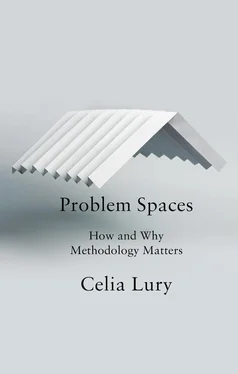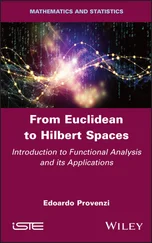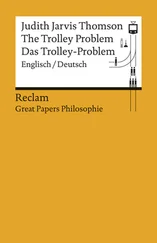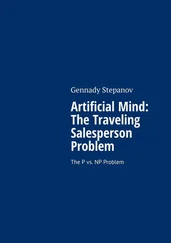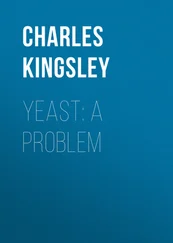To return to the vocabulary introduced in the discussion of Rockburne, this model involves the action of folding the external limit of the classification system into the problem. That is, the method of folding changes the problem even as it persists, creating new methodological potential in the process of transformation. In other words, it is not just a problem that is defined in transformation, but the problem and the problem space, as they are compulsively composed together.
In what follows it will be suggested that compositional methodology is concerned with the way in which a problem emerges in the relation between two moments; that is, with the addressing of a method or methods to a specific problem, and the capacity of what emerges in their use to change or transform the problem (Rheinberger 1997). As Nina Wakeford and I (2012) argue, it is the relation between these two moments that makes methods answerable to a problem, and provides the basis of the self-displacing movement or auto-spatialization of a problem. We further argue that the inventiveness of methods is a consequence of the articulation of their double force: their constitutive effects and their capacity to contribute to the generative circulation of the problem. Here I suggest that a compositional methodology acknowledges and exploits the fact that the double force of auto-spatialization does not operate to create a space that contains the problem, but, rather, has as its aim the composition of a problem across a problem space that is itself changing. 4Indeed it is proposed that it is the accomplishment of some kind of continuity and connection in the transformation of a problem that secures epistemological value.
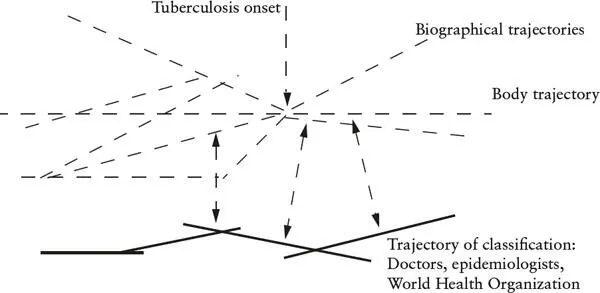
Figure 4 Model III: Classification trajectory
Source: Geoff Bowker and Susan Leigh Star (2000)
What the discussion above implies, and the example from Bowker and Star illustrates, is that compositional methodology does not employ a container understanding of problem space but is, rather, concerned with the becoming topological of problem spaces (Lury, Parisi and Terranova 2012). What might this mean?
Topology is commonly described as a mode of analysis that arises from the study of spatial properties that remain invariant under transformation. It is thus a mode of analysis that is concerned with how continuity and change can take place together. Importantly, while it might seem, from this definition, that topology describes spatial properties that exist outside of or are independent of time, just as the concept of the problem space proposed here does not presume a conception of space as container, nor does it assume a container conception of time. As Steven Connor says, ‘Because topology is concerned with what remains invariant as a result of transformation, it may be thought of as geometry plus time, geometry given body by motion’ ( http://www.stevenconnor.com/topologies). The claim that problem spaces are ‘becoming topological’ is an acknowledgement of the ways in which the compulsive composition of a problem makes time and space in relation to each other in the organization of continuity in transformation. 5
While some other discussions of methodology employ the vocabulary of topology, the usefulness of the vocabulary of topology for the analysis of social and cultural life has been much debated (Law and Mol 1994, 2002; Thrift 2008; Lury, Parisi and Terranova 2012; Shields 2013; https://culanth.org/fieldsights/series/topology-as-method), with some advising caution on the grounds that topology as an approach has been significantly developed in – and should be confined to – mathematics (Phillips 2013). In developing his geographical analysis of topologies of power, John Allen (2016) disagrees. To do so, he draws on Ian Hacking’s interpretation of the transposition of mathematical terms to other domains. In a discussion which acknowledges the complexities of borrowings between disciplines as well as the variety of uses to which knowledge is put, Hacking says:
It is not so clear whether we are discovering that the second domain has the same structure as the first domain, or whether we are sculpting the second domain so that it comes out shaped like the first. Probably both sorts of things happen. (Hacking 2014: 175 in Allen 2016: 5)
Allen says that he is not bothered with policing the borrowings between disciplines, but instead prefers to mobilize a cross-disciplinary understanding of topology – that is, a concern with a form of relations that remains continuous in transformation – and that is the approach adopted here (see also https://www.theoryculturesociety.org/interview-with-celia-lury-luciana-parisi-and-tiziana-terranova-on-topologies). Following this approach, and as above, a compositional methodology addresses the becoming topological of problem spaces by exploring the continuity in (trans)form(ation) of problems across problem spaces. Indeed, it aims to describe and interrogate how the making of such continuities enables epistemological values to be established. However, with Hacking’s analysis in mind it is important to remember that, like the drawing that requires a support to make itself, so does the becoming topological of problem spaces require a (material-semiotic) support. No methodology can operate in the abstract, and so the book is concerned not only with the composition of problem spaces but also with epistemic infrastructure.
The term ‘epistemic’ is used to signal that what is at issue in this new empire of truth is the nature of understanding, interpretation, explanation, justification and belief rather than knowledge as such. 6As Karin Knorr Cetina puts it:
Epistemic cultures are cultures of creating and warranting knowledge. This is what the choice of the term ‘epistemic’ rather than simply ‘knowledge’ suggests’ … [i]t brings into focus the content of the different knowledge-oriented lifeworlds, the different meanings of the empirical, specific constructions of the referent (the objects of knowledge), particular ontologies of instruments, specific models of epistemic subjects. (2007: 363–4)
Alongside ‘epistemic’, the term ‘infrastructure’ highlights the ways in which knowledge-making requires and installs material supports in the world, what Knorr Cetina calls knowledge settings, the ‘whole sets of arrangements, processes and principles that serve knowledge and unfold with its articulation’ (2007: 361–2), including ‘buildings, bureaucracies, standards, forms, technologies, funding flows, affective orientations, and power relations’ (Murphy 2017: 6).
An aspect of concern for a compositional methodology in this regard is the material-semiotic capacities of such supports. In short, the use of the term composition in this exploration of compositional methodology is also designed to draw attention to the heterogeneous composition – the mixing, the composting, the mess (Law 2004) – of the material-semiotic processes and entities involved in the making of problem spaces. And while the term ‘infrastructure’ might seem to imply that the supports of methodological practices are fixed, static and easy to identify, this is not the understanding proposed here. Instead there is an emphasis on what Haraway calls the ‘extraordinary range of contexts’ (1991: 197) of knowledge production, what Bowker and Star describe as boundary infrastructures (2000) and what Mackenzie calls ‘the unfurling, unstable opacity of contemporary infrastructures’ (2016: 380; see also Harvey et al. 2016). 7
In recognition of this unstable opacity, this book explores a variety of changes occurring in the epistemic infrastructure that make methodology a matter of public as well as academic concern. These include processes of explicitation and literalization as well as transformations in the material semiotics of problem spaces, in cognition and in the role of the observer. Other kinds of change include challenges to the Western-centric terms and character of many methodological debates, and the shift from an epistemic culture of representation and representativeness to one of participation and transparency. However, the principal concern of this book will be with the methodological implications of platformization (Poell et al. 2019), that is, in very general terms, ‘the process of constructing a somewhat lifted-out or well-bounded domain as a relational intersection for different groups’ (Mackenzie 2019: 1994). The well-bounded domains of interest here are those designed to support the making of epistemic claims by different actors or communities of practice (Lave and Wenger 1991).
Читать дальше
